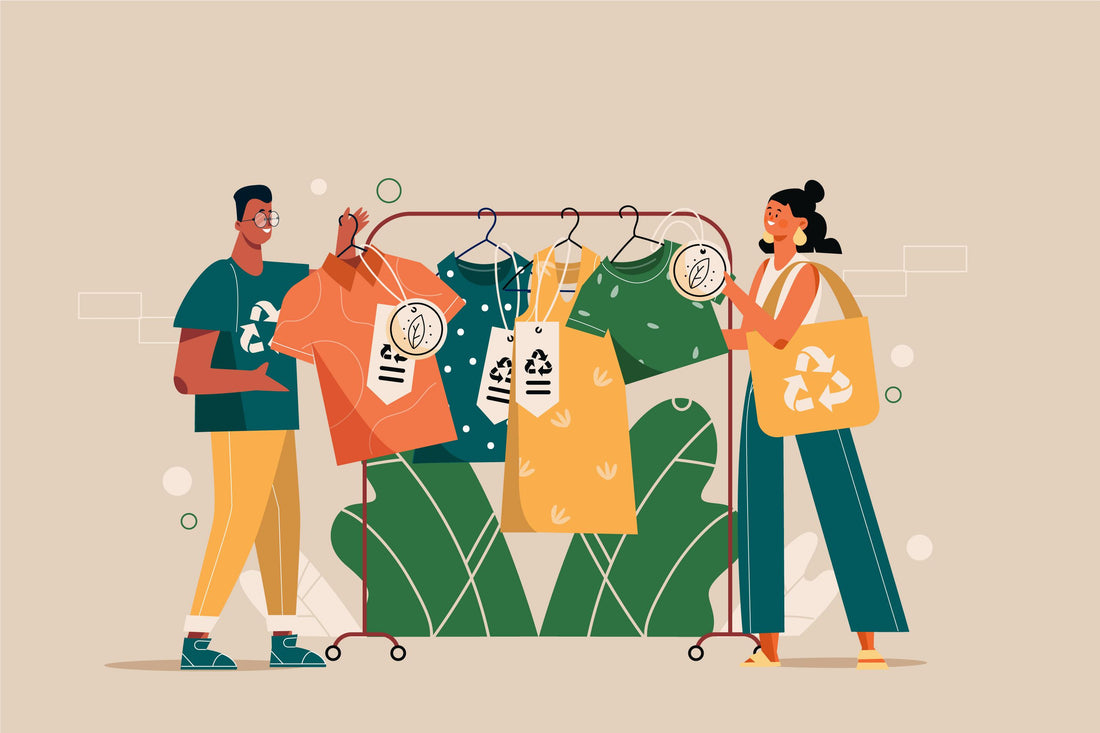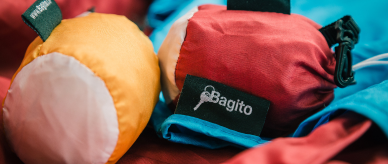As sustainable fashion bloggers, we often get asked about the best sustainable fabrics out there. And one of the most common questions we get is: "Is Tencel better than organic cotton?"
Well, let us tell you, Tencel is not only a high-performance sustainable fabric, but it's also totally eco-friendly.
First of all, let's talk about how Tencel is made.
Tencel, also known as Lyocell, is produced from the pulp of Eucalyptus or Beech wood. The wood is chopped into chips and soaked in water, where the cellulose is dissolved. Then, a non-toxic solvent is added to the pulp and heated up, causing the liquid to evaporate and form a viscous solution. This solution is then filtered and forced through spinnerets, creating the Tencel fiber.
Many people believe that Tencel is not sustainable because it requires cutting down trees. However, Tencel producer Lenzing relies on FSC-certified plantations, meaning they operate sustainably. No genetic engineering takes place, and chemical fertilizers are not used. Plus, Beech and Eucalyptus are fast-growing trees, so it's a kind of cycle where the same number of trees are always available.
Now, let's compare Tencel to cotton.
- Cotton cultivation requires 30 million hectares of land worldwide, roughly the size of Germany. This land could be used to grow food crops for about 24 million people. Tencel, on the other hand, does not use any arable land that could be used for growing food.
- Tencel also requires less water than cotton. Beech and Eucalyptus trees need little water, so they don't need to be artificially irrigated. Cotton, on the other hand, needs to be artificially irrigated and uses up to 10-20 times more water until the production of a T-shirt is finished.
- In addition, 2/3 of cotton plants are genetically modified, and the use of pesticides, insecticides, and herbicides is common, which harms humans and nature. Only about 1% of total cotton grown is organic and does not require genetic modification or harmful fertilizers. Beech and Eucalyptus, however, are never genetically modified, and chemical fertilizers are not applied.
Not only is Tencel better for the environment because of its eco-friendly properties, but it also has high-performance properties that make it perfect for activities like yoga. Tencel warms in the cold and cools in the heat, ensuring a pleasant feeling during exercise. Plus, it can absorb 50% more water than cotton and directs body moisture into the fibers, so you don't feel sweaty as fast. And, the amount of bacteria in the fabric is much lower compared to cotton.
So, there you have it, folks. Tencel is not only a sustainable fabric, but it's also a high-performance one. Next time you're in the market for some new sustainable clothing, don't hesitate to choose Tencel over organic. If you are still in doubt, you must go with an Eco Friendly store to buy sustainable clothes.












